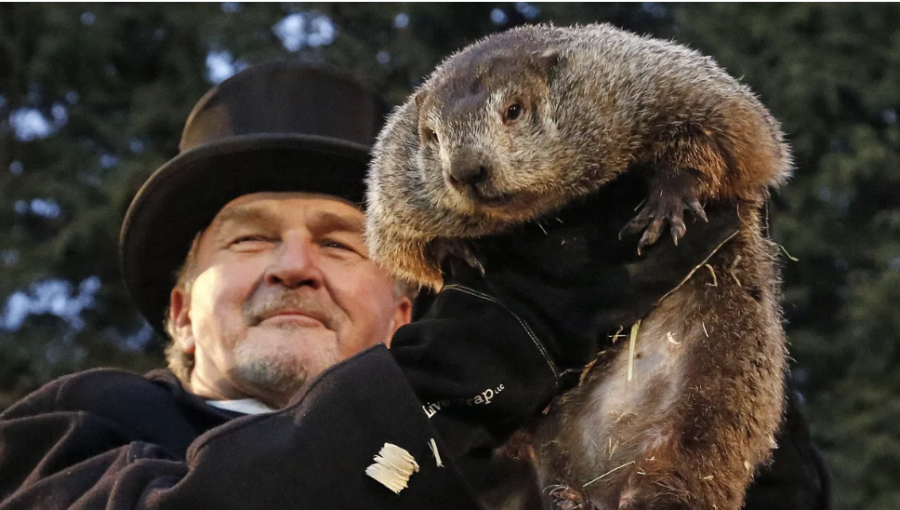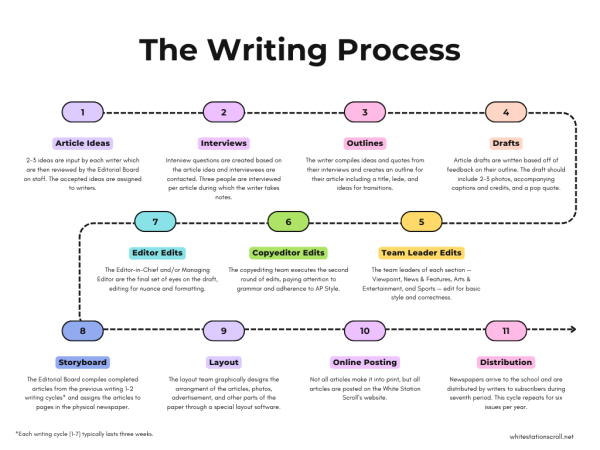Shadow or no shadow: will the groundhog predict Spring six weeks early?
Supposedly, Punxsutawney Phil the groundhog has been predicting the weather since 1886, which is when the Groundhog Club established itself in American Culture. Normal groundhogs live up to six years, but this special groundhog is given a special “elixir of life” annually to keep him alive forever.
A little head peeps out of the ground, turning side to side, but does it see what it’s looking for? If it sees a shadow, it means winter will last six weeks longer, but if it doesn’t see a shadow, Spring has come early. This is the main focus of what’s celebrated during Groundhog Day every Feb. 2.
The tradition of watching groundhogs search for their shadow has been traced back to 1841 when historians found letters from Dutch residents that contained records of what it means when a groundhog comes out from hibernation.
“Last Tuesday, the 2nd, was Candlemas day, the day on which, according to the Germans, the Groundhog peeps out of his winter quarters and if he sees his shadow he pops back for another six weeks nap, but if the day be cloudy he remains out, as the weather is to be moderate,” records from the diary of James Dorris, a storekeeper from 1841 said.
This festivity in the United States started when German settlers came and brought their tradition of “Candlemas Day.” This holiday marked the midpoint between Winter Solstice and Spring Equinox. Weather played a big role in their culture; if the sun came out on that day, there would be six more weeks of wintery weather. However, if the sun did not shine, then that meant moderate weather would come.
This year, on Feb. 2, Punxsutawney Phil, the iconic groundhog of Groundhog Day, did not see his shadow, which means Spring will come early. With moderate weather the past few weeks, it seems as though Phil was not far from the target.
Your donation will support the student journalists of White Station High School. Your contribution will allow us to purchase equipment and cover our annual website hosting costs.






































